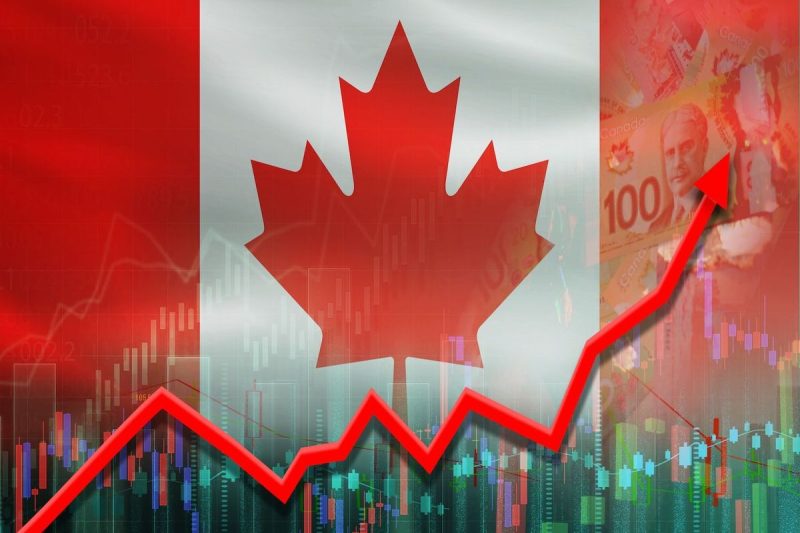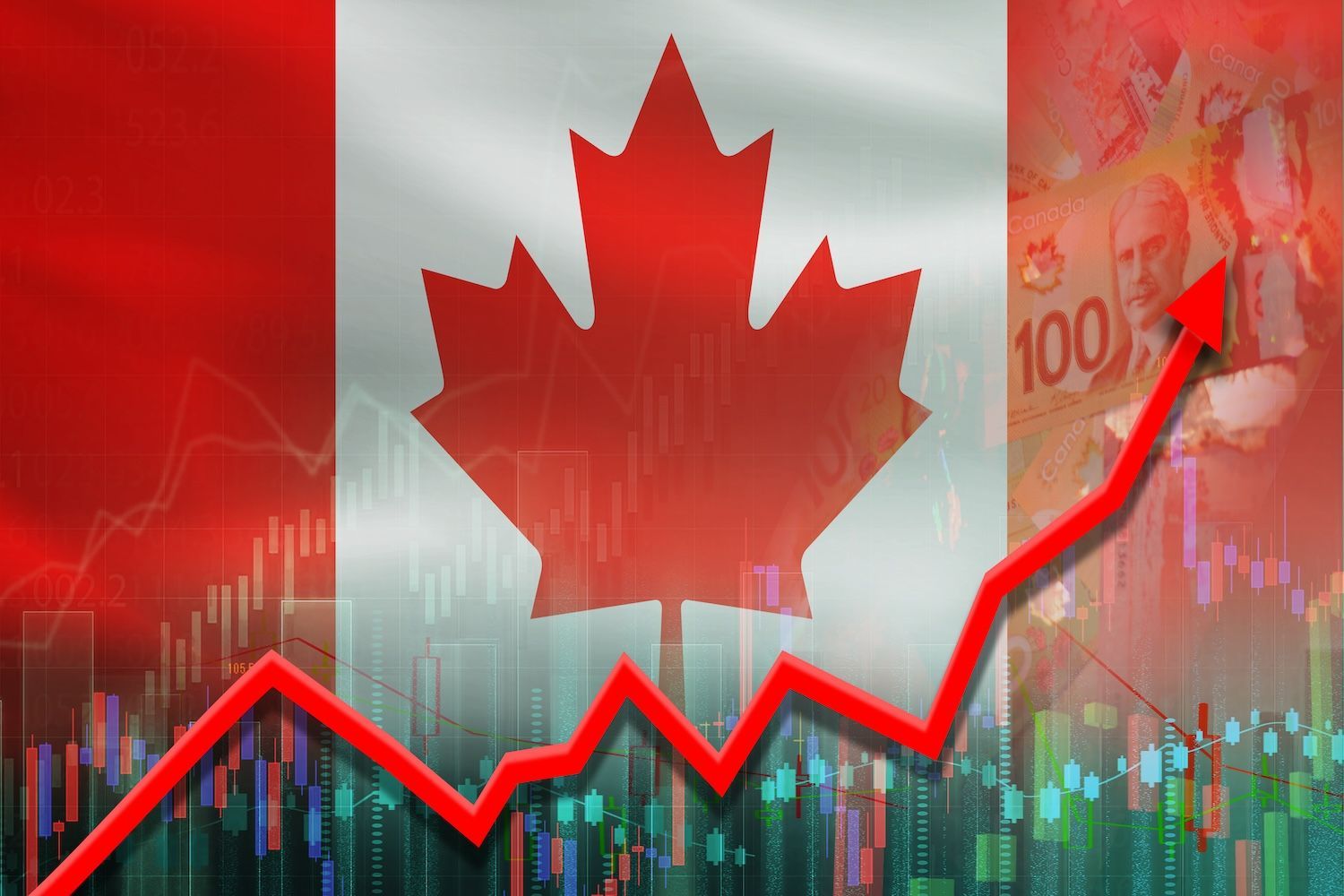

Rare earths are important for many of today’s technologies and tomorrow’s carbon-free economy.
Investors may not be very familiar with the metals individually, but the group of elements is found in technology all around us, commonly in the form of rare earth magnets, which are used in everything from electric vehicles (EVs) to smartphones to wind turbines. As technology continues to advance, they are expected to remain in high demand.
In 2025, the rare earths market is navigating a volatile yet strategically critical phase shaped by supply concerns, demand fluctuations and intensifying US-China trade tensions.
Rare earth metals demand continues to be driven by uses such as clean energy technologies — particularly permanent magnets used in EVs and wind turbines — as well as defense and electronics industries.
However, consumption forecasts for rare earth magnets have been revised down, with expected year-on-year growth in 2025 easing from 9 percent to around 5 percent as macro uncertainties weigh on manufacturing and industrial activity.
On the supply side, China’s influence remains significant, accounting for over 50 percent of the world’s refined rare earths output. Beijing’s latest round of export controls on the strategic minerals, made in response to high tariffs enacted by US President Donald Trump, has intensified concerns about global supply chain vulnerability.
These measures have especially impacted US and European manufacturers, prompting renewed efforts to diversify supply, invest in recycling technologies and accelerate domestic production projects.
In response to China’s rare earths export measures, the Trump administration initiated a Section 232 national security probe into the rare earths supply chain in April 2025, sparking renewed interest in miners, producers and refiners.
1. Mkango Resources (TSXV:MKA)
Yearly gain: 325 percent
Market cap: C$219.61 million
Share price: C$0.69
Mkango Resources is positioning itself to be a leader in recycled rare earth magnets, alloys and oxides.
The company holds a 79.4 percent stake in Maginito, which owns HyProMag, a firm focusing on rare earth magnet recycling in the UK. Maginito also owns Mkango Rare Earths UK, which focuses on long-loop rare earth magnet recycling. Additionally, Maginito and CoTec Holdings (TSXV:CTH,OTCQB:CTHCF) are expanding HyProMag’s recycling technology to the US through their joint venture, HyProMag USA.
Mkango’s mineral assets include the advanced Songwe Hill rare earths project and a diverse exploration portfolio in Malawi, covering rare earths, uranium, tantalum, niobium and more. Its subsidiary Lancaster Exploration signed a mining development agreement with the Government of Malawi for Songwe Hill in June 2024.
Mkango is also developing the Pulawy rare earths separation project in Poland via its subsidiary Mkango Polska.
In January, Mkango announced plans for HyProMag and Areera to partner with Inserma and Sweden’s RISE Research Institutes to develop automated sorting and pre-processing of speakers, creating a concentrated feed of NdFeB magnets for recycling. It also raised C$4.11 million to advance rare earth magnet recycling in the UK and Germany.
On March 25, the European Commission granted Mkango’s Pulawy rare earths separation project in Poland strategic project status under the Critical Raw Materials Act.
The designation highlights the project’s importance to EU supply chains and will streamline permitting while enhancing access to financing and support from EU institutions and potential offtakers.
The company’s share value nearly doubled from C$0.34 on July 2 to C$0.60 by July 7 following the announcement on July 3 that Mkango’s wholly owned subsidiaries, Lancaster Exploration and Mkango Polska, had entered into a definitive business combination agreement with special purpose acquisition company Crown PropTech Acquisitions to form a new company, to be renamed Mkango Rare Earths and listed on the NASDAQ. The deal would create a vertically integrated rare earths company that holds Songwe Hill in Malawi and the Pulawy plant in Poland.
Later in the month, news hit the wire that HyProMag had secured feedstock supply and pre-processing site share agreement between global electronics recycling company, Intelligent Lifecycle Solutions, LLC.
Shares of Mkango reached a year-to-date high of C$0.70 on July 31, 2025.
2. Ucore Rare Metals (TSXV:UCU)
Yearly gain: 192.47 percent
Market cap: C$166.65 million
Share price: C$2.18
Ucore Rare Metals is a rare earths processing and exploration company with operations in the US and Canada.
Following its 2020 acquisition of Innovation Metals, the company is commercializing its proprietary RapidSX separation technology. Ucore plans to implement this system at its first commercial heavy rare earth elements (HREE) refining facility, the Strategic Metals Complex, in Louisiana. It is also developing its Bokan HREE project in Alaska.
This past January, Ucore received C$500,000 from the Ontario government as part of the province’s Critical Minerals Innovation Fund. The rare earths processor said it planned to use the cash infusion to advance improvements at its RapidSX commercial demonstration facility in Ontario. A private placement of 3.6 million shares priced at C$0.60 each raised an additional C$2.16 million for Ucore when it closed in February.
In May, Ucore broke ground on its Strategic Metals Complex, where it plans to ‘produce high-purity rare earth oxides from mixed rare earth chemical concentrates obtained from multiple global feedstock sources.’
Shortly after, the company executed a definitive contract for an US$18.4 million follow-on first-stage production award from the US Department of Defense, and closed a private placement for aggregate gross proceeds of C$15.5 million.
Ucore is working to achieve early production readiness of salable individual HREE products from the processing facility by the second half of 2026.
Shares of Ucore rose to a year-to-date high of C$2.10 on August 5, 2025.
3. Leading Edge Materials (TSXV:LEM)
Yearly gain: 77.78 percent
Market cap: C$35.99 million
Share price: C$0.16
Vancouver-based Leading Edge Materials is focused on developing three critical raw material projects located in the European Union. The portfolio includes the wholly owned Norra Kärr HREE project and the Woxna graphite mine in Sweden, the company also has a 51 percent stake in the Bihor Sud Nickel Cobalt exploration alliance in Romania.
In January, Leading Edge released its 2024 results, noting that in early December, the company applied to the Mining Inspectorate of Sweden for an Exploitation Concession 25-year mining lease for Norra Kärr.
A February project update outlines plans to start up and down steam prefeasibility work at Norra Kärr in Q2.
“As part of the PFS, the company will evaluate the business case for a Rapid Development Plan (RDP), whereby Norra Kärr can be in production in the shortest possible timeframe to be supplying REE concentrates to the market in advance of the completion of the downstream processing facility and selling nepheline syenite,” the statement read.
Shares of Leading Edge hit a year-to-date high of C$0.30 on March 23, coinciding with news that the company was awaiting a decision on its application for Strategic Project status under the EU’s Critical Raw Materials Act.
A few days later, Leading Edge learned that Norra Kärr did not earn the designation; however, the company plans to reapply for Strategic Project status when a new round of submissions are requested.
In a June company update, Leading Edge discusses the steps its taking to address the deficiencies in its Strategic Project applicaiton. Work on the PFS is also advancing and the company anticipates its completion in Q1 2026.
FAQs for rare earth investing
What are rare earth minerals?
Rare earths are a category of elements that share many chemical properties. In fact, all but two — yttrium and scandium — are also called lanthanides. These elements are commonly found in the same deposits and are necessary for diverse technological applications such as rare earth magnets.
How many rare earth elements are there?
In total there are 17 elements that make up the rare earths category, and they are split into light and heavy rare earths. On the light side, there are cerium, lanthanum, praseodymium, neodymium, promethium, europium, gadolinium and samarium, and on the heavy side there are dysprosium, yttrium, terbium, holmium, erbium, thulium, ytterbium, yttrium and lutetium.
Where are rare earth metals found?
In terms of both reserves and production, China is the frontrunner for rare earth metals by a long shot, with 44 million metric tons of reserves and 270,000 metric tons of production in 2024. However, Brazil also has significant reserves above 21 million MT. With regards to rare earth production, the US is in second place at 45,000 metric tons due to the Mountain Pass mine in California.
Securities Disclosure: I, Melissa Pistilli, hold no direct investment interest in any company mentioned in this article.

